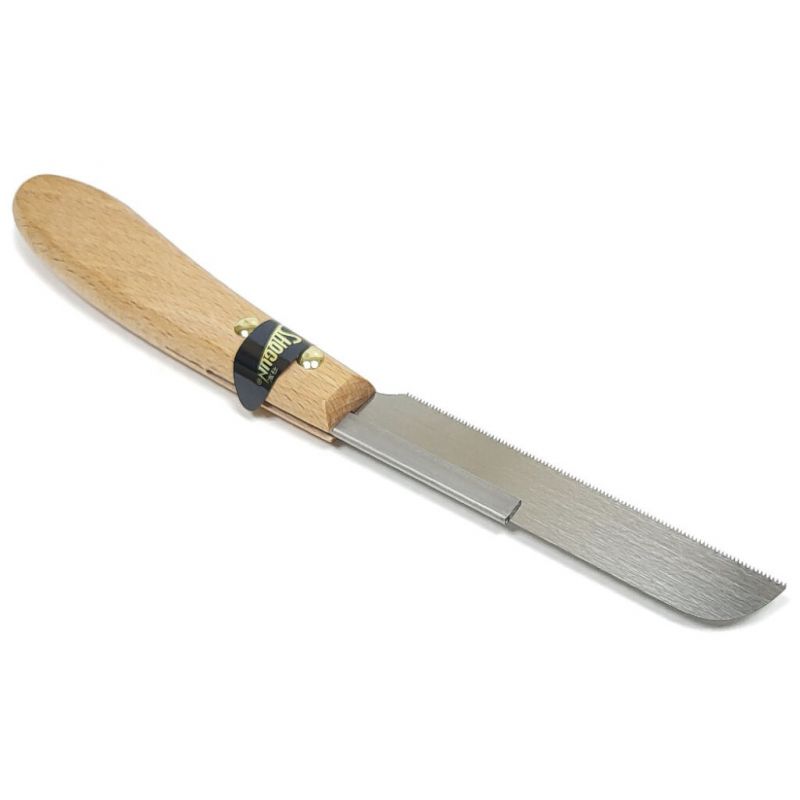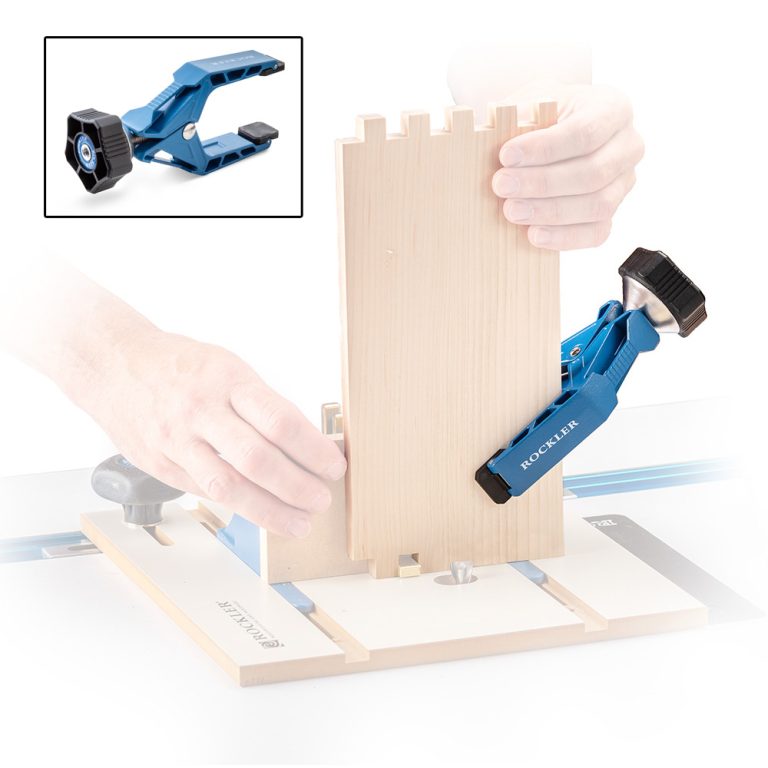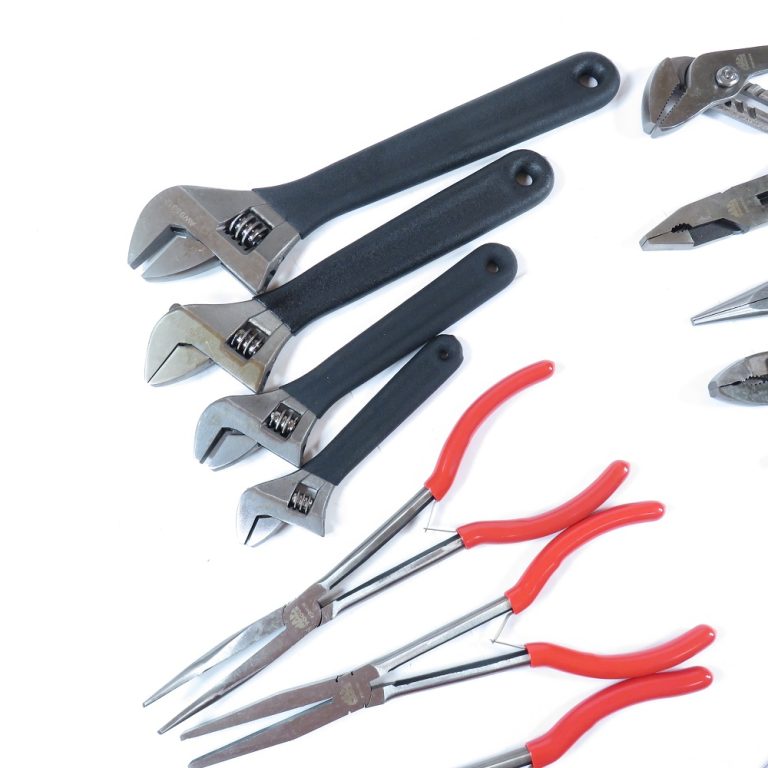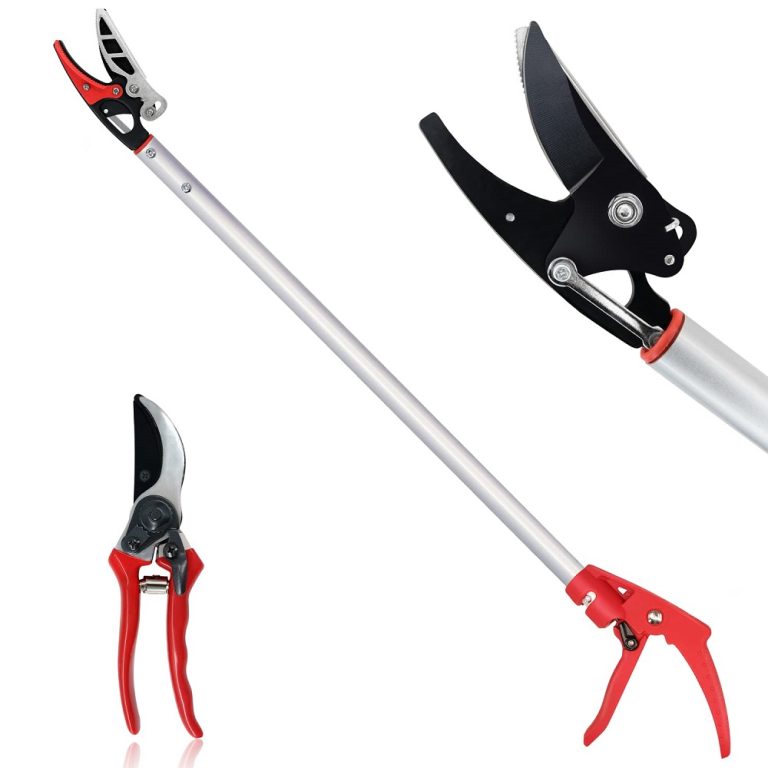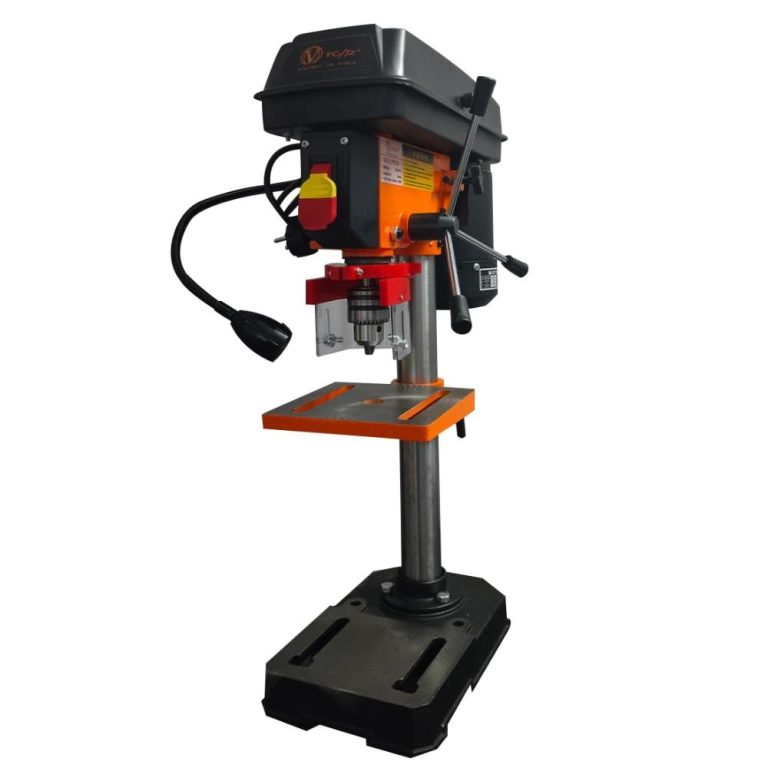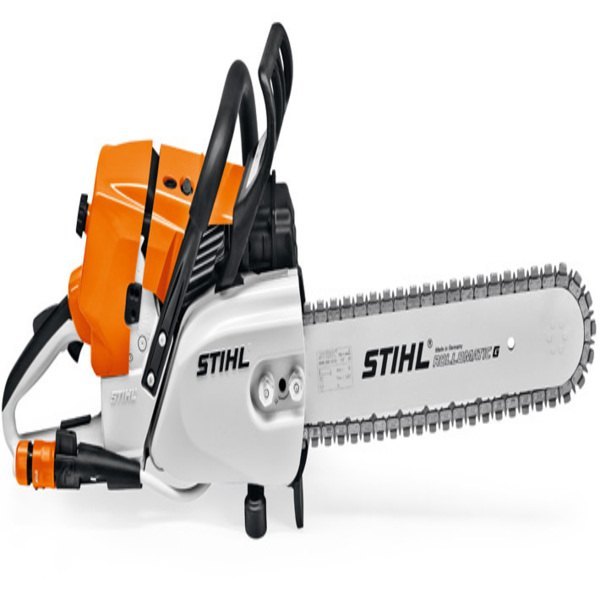Introduction to Pull Saws
In the world of precision woodworking, pull saws stand apart. These tools cut materials by pulling rather than pushing. This core difference gives pull saws unique advantages. They allow for cleaner, more precise cuts. Craftsmen and hobbyists favor pull saws for detailed work. Their thinner blades reduce resistance and improve control. Unlike traditional western saws, pull saws slice through wood on the pull stroke. The action is smooth and requires less effort. This technique reduces the risk of wood splitting and ensures straighter cuts. The design also allows for a longer, more efficient cutting motion. In summary, pull saws offer improved accuracy and ease of use in woodworking projects.
The Design and Functionality of Pull Saws
Pull saws feature a design that caters to precision and ease. Their blades are typically thinner and more flexible compared to push saws. This design allows pull saws to make fine, accurate cuts. The edge of the blade has teeth shaped to cut when pulled towards you. This means less force is needed to operate the saw. The handle of a pull saw is also key to its functionality. It is usually straight, contrasting with the pistol grip of push saws. This straight handle aligns with the cutting plane and aids in accurate cutting.
Functionally, pull saws excel in creating narrow kerfs — the slots made by the saw blade. The narrow kerf means less material is wasted, an important aspect in fine woodworking. They also tend to have a higher TPI, or teeth per inch. A high TPI ensures smoother cuts suitable for intricate work. The user pulls the lightweight saw towards themselves, minimizing fatigue and increasing control. Overall, pull saws are built for precision cutting. Their user-friendly design combined with their functionality makes them a top choice for woodworkers aiming for excellence.

Types of Pull Saws
Pull saws come in various types, each with unique features fitting different woodworking tasks. Knowing these types can help you choose the right tool for your project.
Ryoba Saws
Ryoba saws are versatile, featuring two cutting edges. One side has fine teeth for precise cuts, like those needed in joinery. The other side sports coarser teeth for more aggressive cuts, like ripping along wood grains. This dual-edge design makes Ryoba saws a go-to for many woodworkers.
Dozuki Saws
Dozuki saws are known for their precision. They have a back spine that stabilizes the blade for fine cuts. This is ideal for detailed work such as dovetails. A high TPI on Dozuki saws allows for smooth, exact cuts with minimal tear-out.
Kataba Saws
Unlike Ryoba and Dozuki, Kataba saws have a single edge and no spine. This allows for deeper cuts and flexibility in movement. They excel in making long, straight cuts and are perfect for tasks that require cutting through thick wood slabs.
Advantages of Using Pull Saws in Woodworking
Pull saws provide several key advantages that make them an essential tool for woodworking. Here are some of the top benefits they offer:
Precision Cutting
Pull saws allow for extremely precise cuts, which is crucial for fine woodworking projects. Their thin blades and high TPI count lead to sharper, cleaner cuts with minimal tear-out.
Reduced Effort
The pulling action required to use these saws needs less force than traditional push saws. This makes the cutting process easier and reduces fatigue, allowing for longer work periods with less strain.
Clean Kerfs
The narrow kerfs made by pull saws mean less wood is wasted. This is particularly important when working with expensive or rare materials.
Improved Safety
With pull saws, the force applied moves away from your body, minimizing the risk of injury. The control over the blade also reduces the chances of it slipping.
Versatility
Pull saws, such as Ryoba saws, offer dual cutting edges with different tooth configurations. This means a single tool can make both fine and coarse cuts, adapting to various tasks easily.
Better Control
The design of the pull saw handle gives you better alignment with the cut line. This leads to enhanced control and straighter cuts.
Quick Learning Curve
Pull saws are intuitive to use, even for beginners. They are easier to maneuver, and the cutting technique can be mastered quickly.
Each point here reflects the superior qualities that pull saws have over push saws and other cutting tools. By ensuring precision, reducing waste, and offering a safer and more pleasant user experience, pull saws are indeed indispensable for any serious woodworker.
Selecting the Right Pull Saw for Your Project
Selecting the right pull saw for your woodworking project is vital. This choice can affect both the quality of your cuts and your overall workflow. When looking at pull saws, consider the material you will be cutting and the type of cut you need. Also, think about the size of the project and the level of detail required.
For detailed work requiring precision, such as creating joints or intricate patterns, a Dozuki saw with its fine teeth and stabilizing spine is ideal. Its high TPI ensures smooth cuts, making it perfect for tasks that need accuracy over speed. If you plan on ripping cuts or need to switch between fine and coarse cuts often, the Ryoba saw with its dual-edge may be your best option. Its versatility can save time and reduce the need for multiple tools.
For larger projects or cutting through thick materials, the Kataba saw offers a single edge for deep cuts. It does not have a spine, which allows for greater flexibility and reach. This could be the right choice if you need to cut big sections or work with tougher wood.
Also, consider the saw’s grip and handle orientation. A comfortable grip can reduce fatigue during long projects. The handle design should provide good control and align with the cutting plane for accuracy.
Remember to factor in the saw’s durability and the availability of replacement blades. High-quality materials can extend the life of your pull saw, making it a good long-term investment. With the right pull saw, you’ll achieve cleaner, straighter cuts and take your woodworking to the next level.
Maintenance and Care for Pull Saws
Proper maintenance and care are key to the longevity of pull saws. Here are essential tips to keep your pull saws in top condition:
- Clean After Use: Always wipe down your pull saw after each use. Remove wood dust and sap to prevent corrosion and maintain a sharp edge.
- Dry Storage: Store your pull saw in a dry place. Humidity can cause the metal parts to rust and the wooden handle to warp.
- Use Oil: Lightly oil the blade occasionally to protect it from rust. Use a cloth to apply a thin layer of tool oil.
- Sharpen Regularly: Keep the teeth of the saw sharp for precise cuts. Use a diamond file for sharpening, following the angle of the teeth.
- Check for Wear: Inspect your saw regularly for signs of wear and tear. Replace the blade when necessary to ensure optimal performance.
- Handle with Care: Avoid dropping the saw as it can bend the blade or damage the teeth. Always handle your pull saw with respect for its fine construction.
By following these simple maintenance steps, you can increase the effectiveness and lifespan of your pull saws. A well-maintained pull saw makes woodworking safer, easier, and more enjoyable.

Techniques and Tips for Using Pull Saws
Mastering the use of pull saws can elevate your woodworking projects to a new level. Here are some effective techniques and tips to help you make the most of these precision tools:
- Start with a Guide: Use a cutting guide or mark your line clearly before you start. This helps in making an accurate cut.
- Steady Grip and Stance: Hold the pull saw firmly and stand in a balanced way. Ensure that your movement is steady.
- Gentle Pulls: Pull the saw towards you gently. Don’t apply too much pressure; let the saw do the work.
- Use the Whole Blade: Make full strokes with the saw. Using the entire length of the blade makes cutting more efficient.
- Support the Workpiece: Secure the wood or material firmly. A stable workpiece helps prevent uneven cuts or slipping.
- Clean as You Go: Keep the blade clean of sawdust for a clearer view of the cutting line.
- Practice Straight Cuts: Before diving into complex projects, practice making straight cuts on scrap wood. This builds confidence and skill.
- Mind Blade Flexibility: Pay attention to the blade’s flexibility to avoid bending it, especially when using saws without a spine.
- Angle for Fine Cuts: For finer cuts, hold the saw at a low angle to the wood’s surface. This technique helps in achieving a cleaner cut.
- Focus on Safety: Always wear safety goggles, and be cautious not to pull the blade towards your body with excessive force.
By integrating these techniques and tips into your woodworking routine, you’ll notice an improvement in your craft. Regular practice with pull saws will enhance both your efficiency and the quality of your work.
Comparing Pull Saws with Push Saws in Woodworking
When deciding between pull saws and push saws, it’s essential to understand their differences. Each type offers distinct benefits and suits different woodworking tasks. Let’s explore these differences to help you make an informed choice for your woodworking needs.
Blade Thickness and Flexibility: Pull saws have thinner and more flexible blades than push saws. This results in cleaner, more controlled cuts, particularly important in precision work.
Cutting Technique: Push saws cut on the push stroke, requiring more force. Pull saws cut on the pull stroke, demanding less effort, reducing fatigue, and minimizing the risk of the saw jumping.
Kerf Width: Due to their thinner blades, pull saw create narrower kerfs. This means less material removal and reduced wood waste.
Teeth Per Inch (TPI): Pull saws often have a higher TPI count, ensuring smoother cuts. Push saws may have fewer teeth per inch, favoring faster, but potentially rougher cuts.
Versatility: While some pull saws, like Ryoba, can perform both fine and coarse cuts due to their double-edged design, most push saws are designed for more general tasks.
Safety: The pulling motion towards the user offers better control and stability, which can lead to a safer cutting experience with pull saws. Push saws might pose more risk with the pushing motion, especially for inexperienced users.
By considering these factors, woodworkers can choose the best saw for their project. Whether it’s the precision of a pull saw or the familiar use of a push saw, understanding these tools’ characteristics will guide you to the desired results in your craftsmanship.
